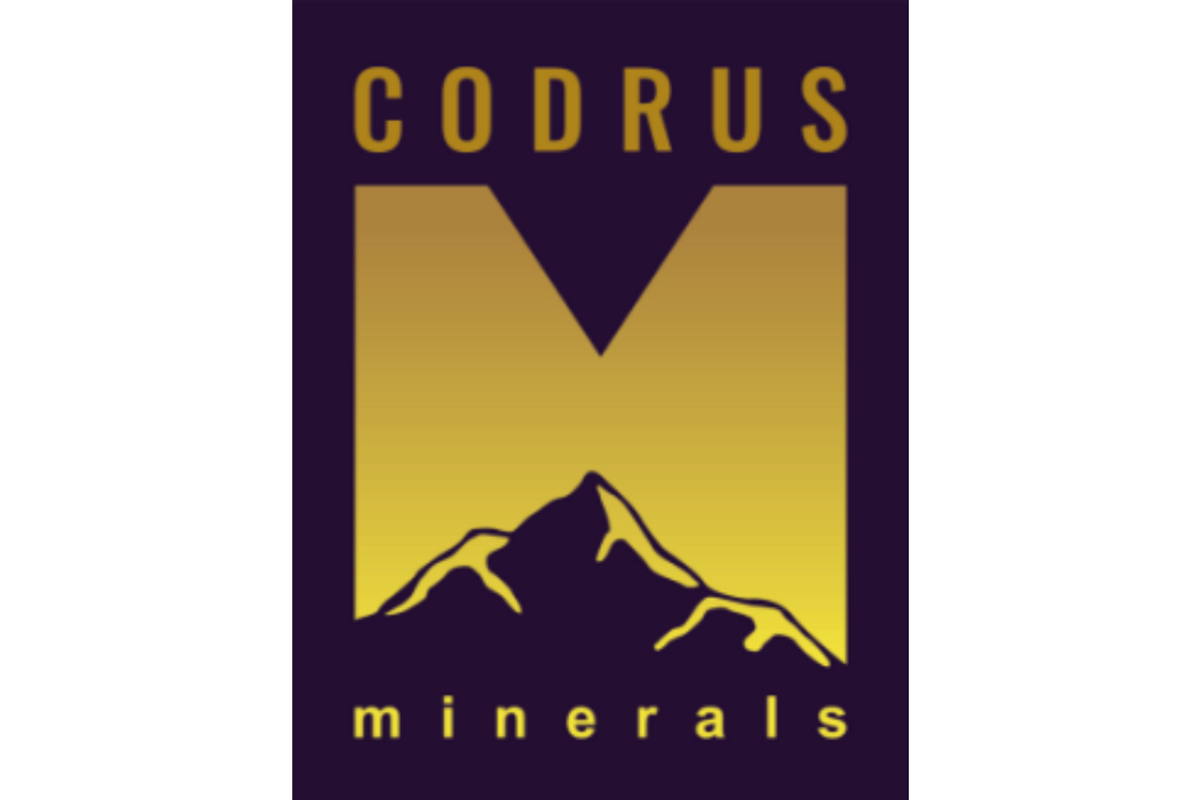
November 22, 2022
Outstanding opportunity to explore for high-grade permanent magnet REE’s in a Tier-1 location
Codrus Minerals (ASX: CDR, Codrus or the Company) is pleased to advise that it has secured an exciting growth and diversification opportunity in the rare earths sector after entering into a farm-in and joint venture agreement with Talgomine Minerals Pty Ltd (Talgomine) to earn up to a 90% interest in the Karloning Rare Earth Element (REE) Project, located in Western Australia’s Wheatbelt.
Highlights:
- Agreement to earn up to 90% of the Karloning Rare Earth Element (REE) Project, located in WA’s Wheatbelt, 260km north-east of Perth.
- The project has demonstrated the presence of high-grade and high-value permanent magnet rare earths Dysprosium, Neodymium, Terbium and Praseodymium in xenotime within a large-scale pegmatite.
- The pegmatite system also hosts significant niobium, a critical metal used in the steel industry with applications including wind turbines and high-performance batteries.
- Grab samples have returned high-grade assays including:
- >5,740ppm (>0.57%) Dysprosium Oxide – Dy2O3 (over detection limit, assays awaited)
- 2,658ppm (0.27%) Neodymium Oxide – Nd2O3
- 3,516ppm (0.35%) Terbium Oxide – Tb4O7
- 235ppm Praseodymium Oxide – Pr6O11
- >5,000ppm (0.5%) Niobium (over detection limit, assays awaited)
- >5,740ppm (>0.57%) Dysprosium Oxide – Dy2O3 (over detection limit, assays awaited)
- The large-scale pegmatite system at Karloning is estimated to be up to 1.5km long and up to 200m wide.
- Codrus has pegged additional tenure adjacent to the south-west boundary of the Karloning Joint Venture tenement, which encompasses potential extensions to the pegmatite system
- The deal provides Codrus with a low-cost, simple and staged approach to earn up to a 90% interest in the Karloning Project.
- The Project provides an outstanding opportunity for Codrus to diversify into the critical minerals space and build on its current gold and copper assets by securing exposure to a commodity sector with outstanding fundamentals and a strong growth outlook.
- The Project, which is located approximately 30km north of Mukinbudin in the Western Australian wheatbelt, has historically been quarried for feldspar and quartz.
The Project, which is located 30km north of the regional town of Mukinbudin and 260km north-east of Perth (see Figure 1), provides Codrus with an opportunity to explore for the high-value rare earth elements (REE) used in the manufacture of high-strength permanent magnets – namely praseodymium, neodymium, terbium and dysprosium.
These elements are in high demand because of the explosive growth in industries that rely on permanent rare earth magnets such as Electric Vehicles, wind turbines and other renewable energy applications.
While these permanent magnet REE’s are the key high-grade values returned in the grab samples, significant grades of other rare earths, tantalum and niobium were also observed (see Table 1).
Codrus Managing Director, Shannan Bamforth, said: “This is an exceptional opportunity for Codrus to secure a majority interest in a highly prospective REE project in a Tier-1 location just two-and-a-half hours’ drive from Perth. We secured this opportunity as part of our ongoing business development activities to add further depth to our existing portfolio of gold projects in Australia and the USA. We are attracted to the rare earths sector because of its strong fundamentals and the relative scarcity of quality exploration opportunities.
“The Karloning pegmatite is located in an existing quarry, providing us with a unique opportunity to see the geology and make a rapid assessment of the exploration potential. We believe the pegmatite has significant scale, and grab sampling has returned impressive grades of the four key REE’s required in the manufacture of permanent rare earth magnets.
“This is a walk-up exploration opportunity, and we are looking forward to getting on the ground as soon as possible to commence initial exploration activities with a view to firming up targets for drilling in early 2023.”
The Karloning Project
The Karloning Project can be easily accessed by sealed roads via the town of Mukinbudin.
The geology within the tenements (E70/5339 and E70/6306 (pending)) comprises mainly medium to coarse grained biotite granite and adamellite with a large quartz-microcline pegmatite, known as the Karloning Pegmatite (see Figure 2).
Click here for the full ASX Release
This article includes content from Codrus Minerals, licensed for the purpose of publishing on Investing News Australia. This article does not constitute financial product advice. It is your responsibility to perform proper due diligence before acting upon any information provided here. Please refer to our full disclaimer here.
The Conversation (0)
Latest News
Interactive Chart
Latest Press Releases
Related News
TOP STOCKS
American Battery4.030.24
Aion Therapeutic0.10-0.01
Cybin Corp2.140.00